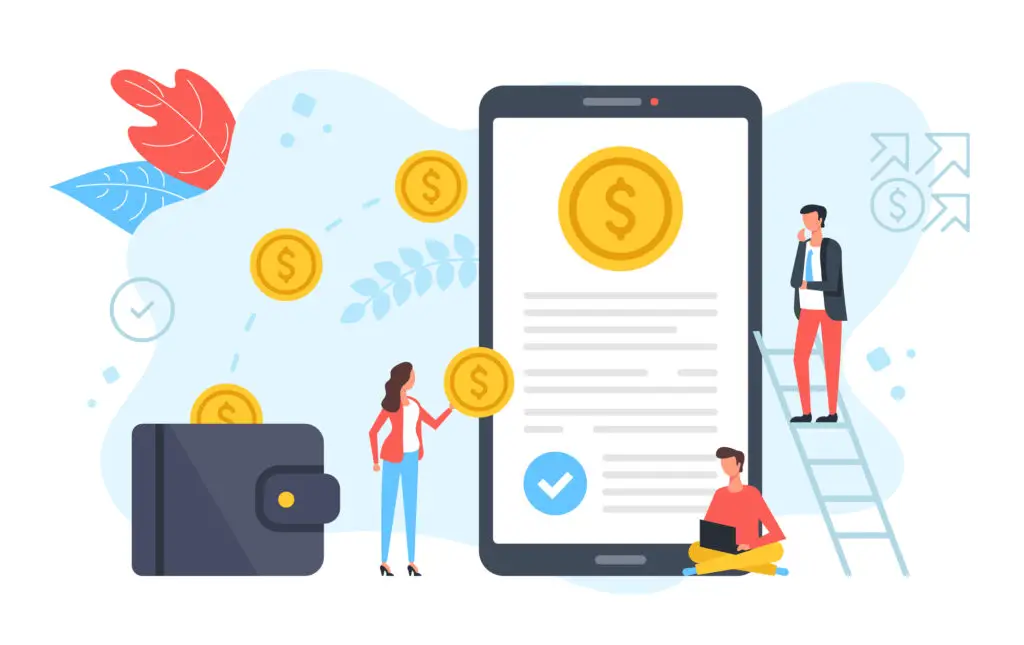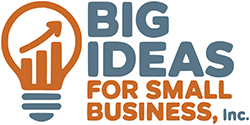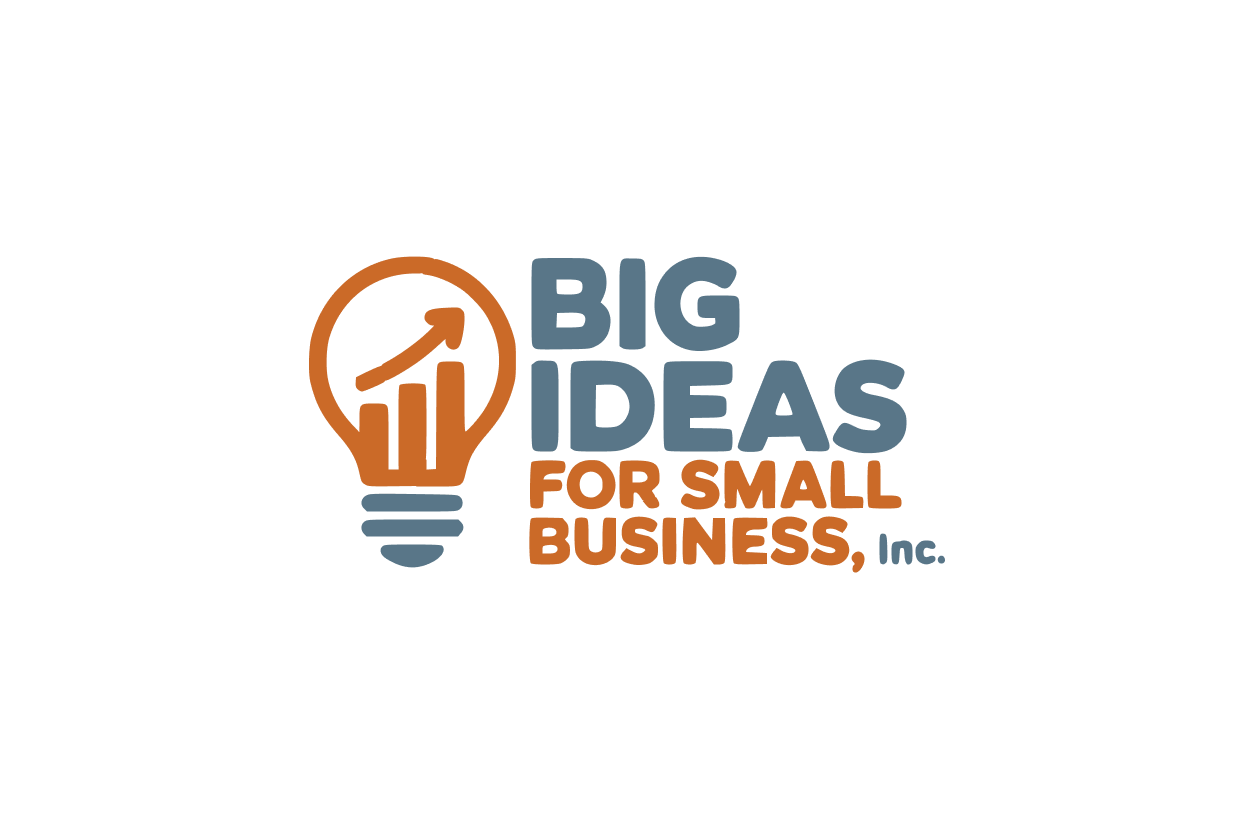 When you hear “show me the money,” what does it mean? Money might conjure up a vision of piles of U.S. dollar bills or bags of coins, but today money is a very broad term. Understand “money” so you can offer customers a range of payment options and know what they prefer. At the same time, consider how you’ll pay your bills. Take into account cost, time—yours and the speed of transmission, security, and ease of use. The matter of getting paid is discussed in this blog. The issue of how you pay your bills is covered in a future blog.
When you hear “show me the money,” what does it mean? Money might conjure up a vision of piles of U.S. dollar bills or bags of coins, but today money is a very broad term. Understand “money” so you can offer customers a range of payment options and know what they prefer. At the same time, consider how you’ll pay your bills. Take into account cost, time—yours and the speed of transmission, security, and ease of use. The matter of getting paid is discussed in this blog. The issue of how you pay your bills is covered in a future blog.
Which payment options to offer your customers
There are a variety of payment options to consider. Some reflect new technology; others are “old ways” that haven’t disappeared.
- Barter. This is a swap or trade of goods and services. It can be direct between parties or through a barter exchange. It’s helpful for businesses that are cash flow-challenged. Barter is still taxable to you for the goods or services you provide.
- SNAP (stands for supplemental nutrition assistance program) benefits. This program provides food stamps, which come in the form of an EBT (electronic benefits transfer) card, that can be used to purchase food stuff (other than food that’s hot at the point of sale). This can’t be used for beer, wine, liquor, cigarettes, pet food, hygiene products, and household supplies. More than 250,000 U.S. retailers are authorized to accept SNAP benefits. Accepting SNAP benefits can be done in person using Electronic Benefit Transaction (EBT) equipment; online it’s done through the SNAP online purchasing pilot.
- Cash. Paper and coin…old fashioned cash…is still accepted at most businesses. In fact, some offer a discount for customers paying cash (e.g., a number of gas stations). Others charge a fee (e.g., 2% of the bill) to customers who do not pay cash (e.g., various restaurants), incentivizing the use of cash. Today, some businesses fear cash can attract robberies and won’t accept it for payments. But others say not accepting cash essentially discriminates against the “unbanked”—the 4.5% of the U.S. population that lacks bank accounts. The Federal Reserve says it’s not illegal to refuse cash, although a measure in Congress—the Payment Choice Act of 2021—would have barred businesses from refusing cash payments; it failed to be enacted. However, some states have already made it illegal to refuse cash; others are considering such a measure.
- Checks. Whether your customers are consumers or businesses, they can use a check for payment if you accept this method of payment. You may accept a check on the spot or send an invoice, which means waiting for payment.
- Credit and debit cards. Plastic—a payment option used by many customers. You pay a merchant fee for processing, which varies with the financial institution or firm handling your merchant transactions. Plastic is also subject to chargebacks—customers disputing a charge and leaving you out your money.
- Gift certificate/gift cards. This is a payment option generated by a retailer and can be highly profitable because, among other reasons, an estimated 10% of gift cards are never redeemed. Gift cards can be paper, plastic, or digital. Revenue from gift cards typically becomes taxable when the cards are sold, and not when they’re redeemed.
- ACH (stands for automatic clearing house) transfers. These are electronic money transfers from banks and credit unions to customers’ financial institutions.
- Digital/electronic payments
- PayPal. PayPal is a portal through which customers can pay securely online or in person. Businesses with PayPal accounts can also offer other payment options: credit and debit cards as well as Bitcoin. PayPal also offers a Pay Later option through which customers can pay in installments.
- Apple Pay. This is a digital wallet through which customers can pay using their iPhones, iPads, or Apple watches. Apple doesn’t charge a fee, but merchants still pay processing fees for credit cards. Merchants must be set up to accept credit cards in order to accept Apple Pay.
- Google Pay. Google offers a payment option similar to Apple Pay. Qualifying Google Pay API transactions facilitated with Visa or Mastercard device tokens are now eligible to have fraud chargeback liability shifted to the issuers.
- Zelle and Venmo. These are payments that can be made through a linked bank account. A business can accept this type of payment if its bank supports it. For example, Chase supports Zelle. There may or may not be fees for accepting this form of payment.
- Digital assets (Bitcoin, Ethereum). It’s estimated that over 3,200 businesses in the U.S. now accept payment in Bitcoin or other digital currency. There are no restrictions or limitations for small businesses to do so. Just understand how to do it. Recognize that for federal income tax purposes, digital asset transactions are treated as property and not currency. This means you experience a gain or loss on EVERY transaction and need great records for this purpose. The IRS FAQs explain this.
- New technology. Enable customers to pay anywhere in the store. Tap to Pay on an iPhone enables staff to check out customers anywhere within a store; no additional equipment is needed by staff.
- Biometrics. Processing a payment using a customer’s palm or face? It’s possible now and could become prevalent in the near future. Customers have to enroll with their credit cards to enable this payment method. It may sound too sci-fi for small businesses now, but it’s likely to be viable soon. Swipe has a guide on biometric payments.
Which options to offer
As said earlier, you aren’t limited to a single method of payment; you can offer alternatives to customers. During the pandemic, “contactless payment options” became important because people didn’t want others handling their credit cards, etc. Today, with sales and services managed in so many ways—in person, by videoconferencing, e-commerce online and through mobile devices—payment options need to fit the situation. The more options you offer, the more customers you can satisfy. Some issues to consider in selecting options:
- What your customers want. The nature of your business—and your customer base—greatly affects the type of payment options you want to offer. For example, those with a convenience store likely will want to offer cash and SNAP benefits; those are the payment methods used by many patrons. Companies doing B2B can offer ACH and other online payment options. Customers in retail stores may prefer contactless payment options within the store rather than on checkout lines; this is a convenience that saves customers time (and also provides efficiency for staff).
- Fees to you. Accepting credit cards means paying merchant fees (typically 1.5% to 3.5% per transaction). Similarly, PayPal costs you money (e.g., 2.59% for transactions using PayPal Online Card Payment Services).
- Security. Businesses known to accept cash may be vulnerable to break-ins and robberies, but they’re also the type of businesses that need to offer a cash payment option because of the type of customers they attract. These businesses should consider certain business practices. Businesses that offer forms of payment for which they maintain records must work to protect this data from hacking, which can result in costly liability for businesses that are victimized.
Final thought
Getting paid as quickly, easily, and in a cost-effective manner for what you do is a fundamental aspect of running a business. Be sure to explore payment options and assess what works best for your type of business in light of your customer base. Customer satisfaction is what you’re aiming at!


